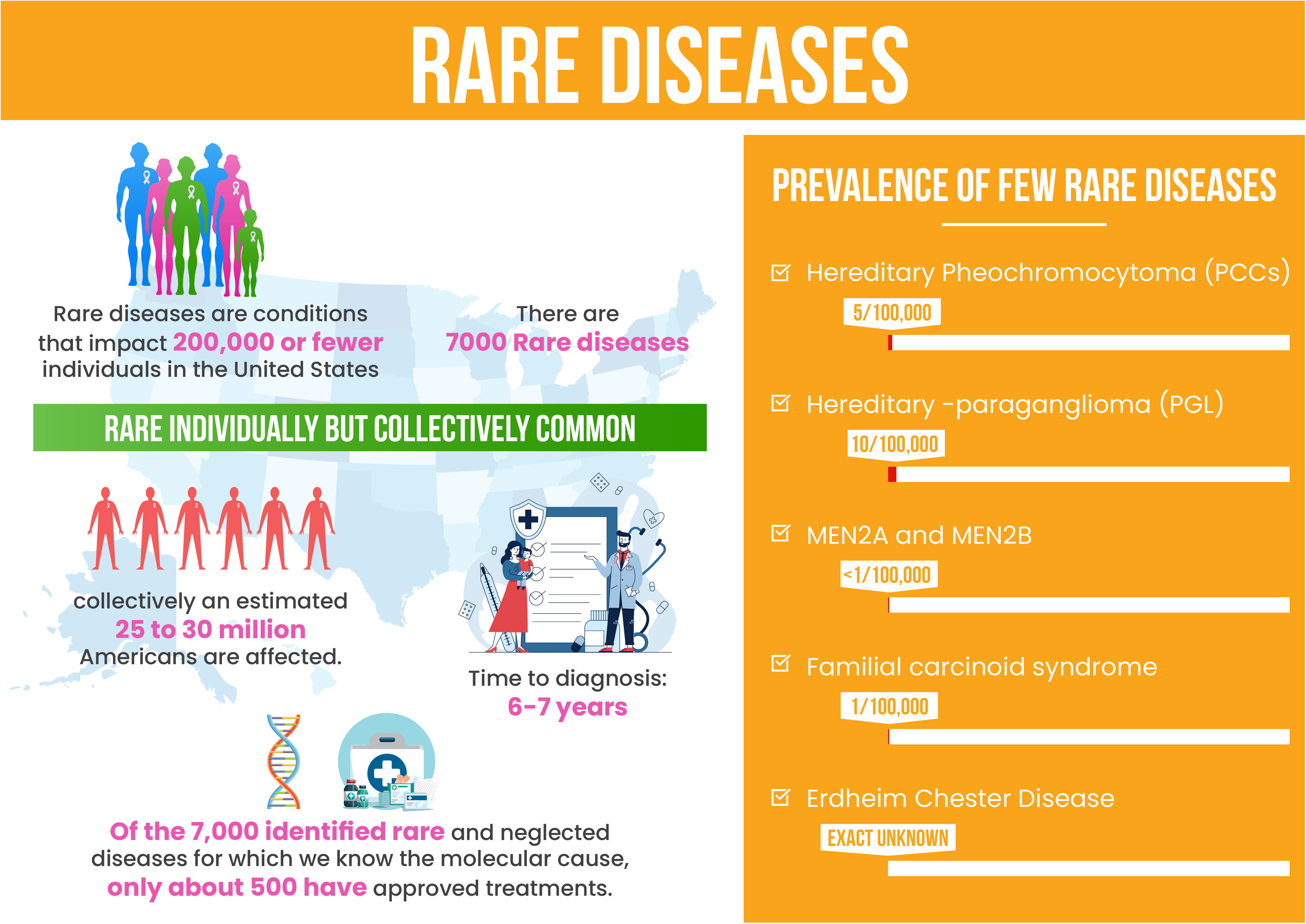PET Clinics, Volume 17, January 2022
The Lancet Regional Health - Western Pacific, Volume 18, January 2022
Comparative Biochemistry and Physiology - Part D: Genomics and Proteomics, Volume 40, December 2021
Asian Nursing Research, Volume 15, December 2021
Purpose: The purpose of this study was to explore male nurses’ experiences of workplace gender discrimination and sexual harassment in South Korea. Methods: Phenomenological qualitative methodology exploring male nurses’ experiences was employed to collect data, and thematic analysis of the data was conducted. Research subjects were recruited by convenience and snowball sampling. Ten male nurses participated in individual in-depth interviews via mobile phone. Data were collected from June 15 to July 24, 2020.


